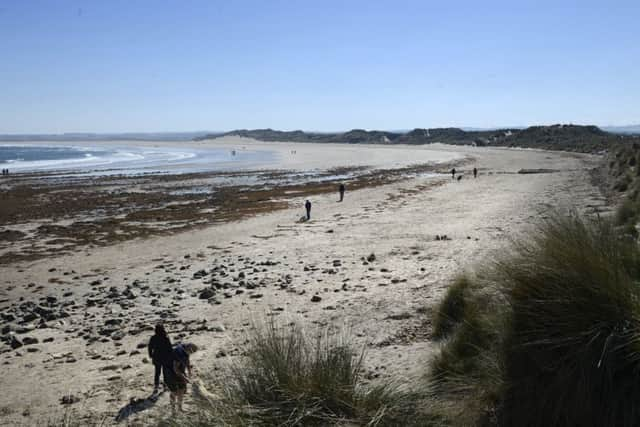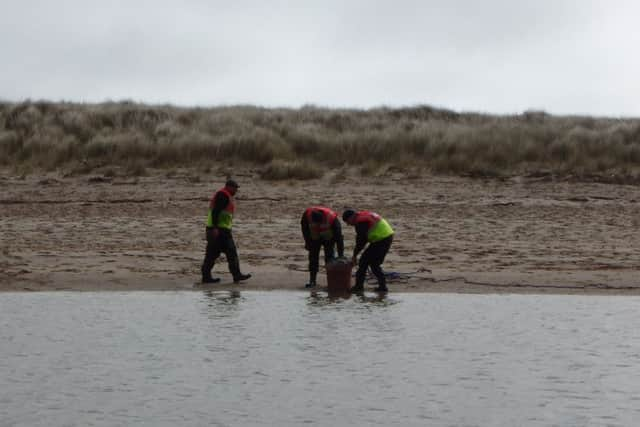Large pollution incident at Northumberland beach


The stream leads on to Beadnell Bay, one of the best loved beaches in Northumberland.
The Environment Agency (EA) was alerted to the spillage on Thursday morning and immediately attended the site to take samples and assess the impact on wildlife in the area.


Advertisement
Hide AdAdvertisement
Hide AdAn EA spokesperson said: “Yesterday morning the Environment Agency received information about a spillage of more than 3,000 litres of liquid fertiliser into Long Nanny Stream, near Beadnell in north Northumberland. The stream leads on to Beadnell Bay.
“We attended the site immediately to take samples and assess the initial impact. The pollution has now passed through the stream, and we have people on the ground today to look at the impact it has had on fish and other wildlife. It is clear a large number of fish have been killed by the pollution and a detailed assessment is underway.
“We’re working closely with Northumberland County Council to support them to consider impacts on the beach, and are keeping Natural England updated.
“An investigation into the cause of the pollution is also underway.”


Advertisement
Hide AdAdvertisement
Hide AdIt is not thought that the pollution washed up on the beach.
However, its officers are still taking water samples in the vicinity.
A Northumberland County Council spokesman said: “We are attending the beach to liaise with Environment Agency staff.
“We are working with the EA to assess whether there is any risk to public health and to ensure no private water supplies are affected.”